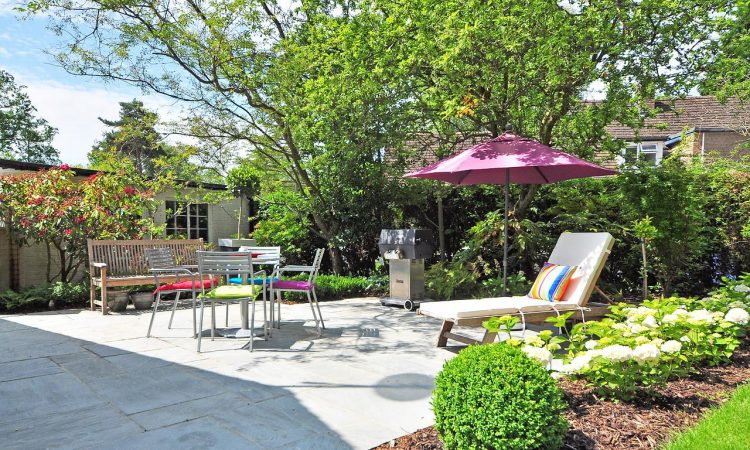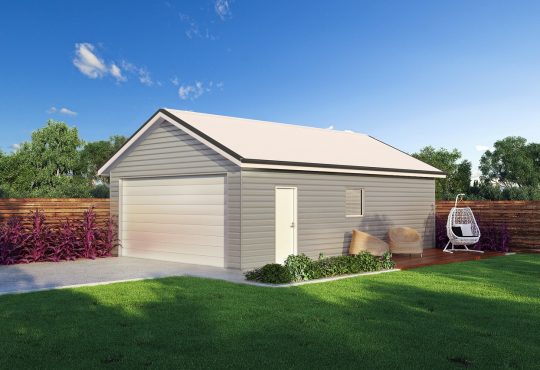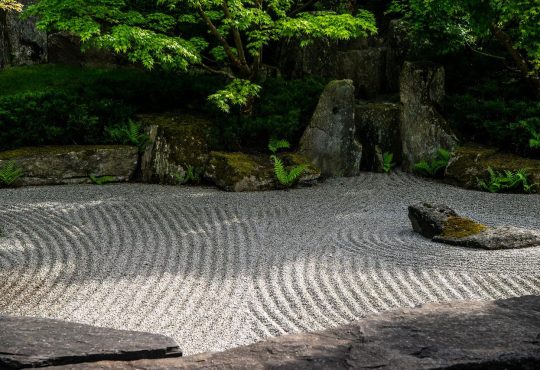One of the main trends of modern garden design is natural or wild gardens. Such gardens imitate natural landscapes — forest grove, swampy terrain, mountains, wet shores of reservoirs. The territory is populated with wild plants that belong to the natural flora of the territory. Its dimensions, in principle, do not play a special role: the illusion of a secluded corner can be realized simply by hiding it from prying eyes. But, of course, it is better if such a garden is placed as far as possible from the entrance to the house and from the gate.
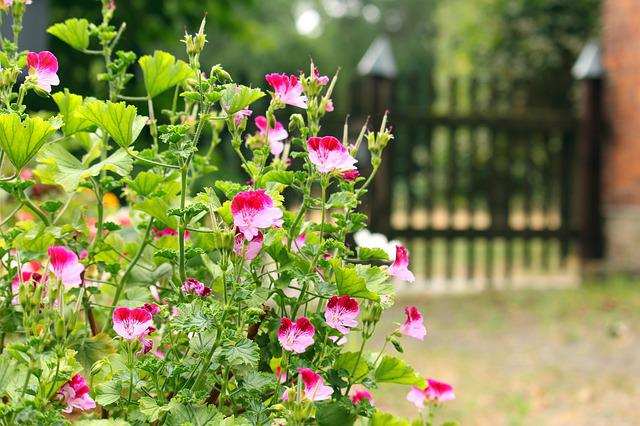
The idea of natural gardens was originated in the 18th century, when the UK landscape style entered the European garden fashion. It prescribed the preservation of the natural terrain, the absence of any artificial “making”, “planning” and everything that somehow regulates nature and space. Such a garden doesn’t allow the use of:
- decorative molding of the crown of plants;
- deliberately smooth lines;
- an abundance of objects created by people;
- artificial materials;
- synthetic fertilizers;
- chemical plant protection products.
First, you need to choose a wildlife scene that will be the basis of the garden composition: a mountain lawn, a forest clearing or a river bank. To do this, study the features of the local ecosystem, take a walk outside the city or look through the national atlas. It is important to preserve the natural relief in the garden, the composition of the soil and at least some wild plants.
Selection of plants
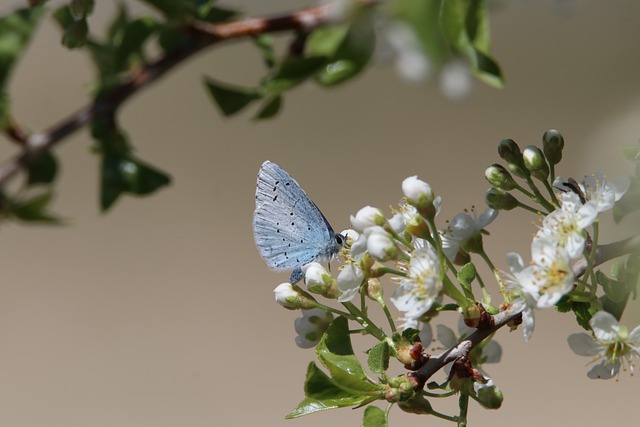
It is necessary to create comfortable conditions for the natural development of plants. To do this, select the types that are:
- characteristic of the local ecosystem;
- self-seeding (can reproduce independently);
- unpretentious (do not require complex care);
- non-invasive (do not harm humans and animals);
- simple, ignoble varieties;
- useful for the surrounding flora and fauna (attract bees, butterflies, birds to the garden).
The attributes of a wild garden will be in tune with the natural atmosphere: a stone hearth, a small hut (suitable as a tool shed), a fence made of twigs, a canopy or hammock made of natural fabric, feeders and bird houses, homemade compositions of old stumps, driftwood and boulders.
Wild reservoir is characterized by a small pond (ideally natural) with smooth edges, surrounded by plants, stones and grass. If possible, run fish into it, and make one of the banks flat so that birds and animals can comfortably drink water.

